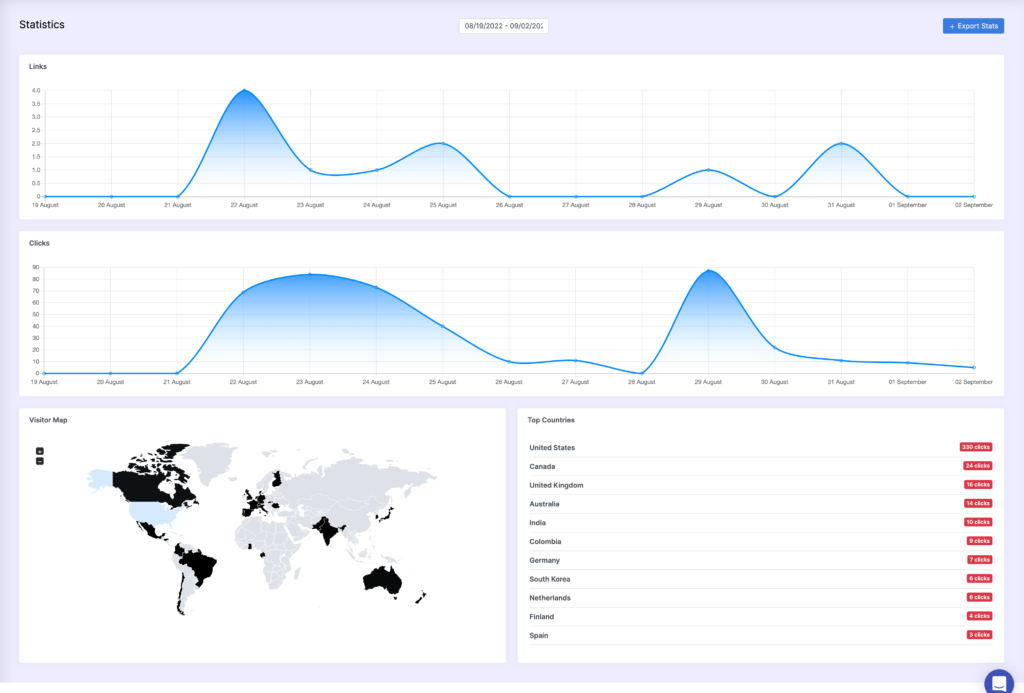Top of the ninth and our team brings in their best pitcher to close out the game with the bases loaded and the winning runs on base. He stares down at the batter, picks up the sign from the catcher, winds up and throws his best pitch.
And then nothing. No feedback.
Was it a hit? A foul ball? Was it a ball or a strike? He doesn’t know.
So he just winds up again and throws another pitch.
You send an email out with a link to your product page. You should know if anyone clicks on it. And not only how many clicks you’re getting, but where they are coming from, and what kind of browser and device. If you’re getting a decent clickthrough rate, you know your offer is getting to the right people and it resonates with them. If not, you need to adjust your offer.
You send a text message with a link in it. If you send a long URL you have two problems. The first is you’re wasting money sending all those characters, and the second is no one wants to click on a 98-character URL. If you’re using a link shortener and you can’t track the clickthrough, you’ve solved the first two problems but still have the problem of not knowing the response you’re getting.
Most experts at direct mail marketing — some of the savviest, smartest marketers on the planet — never send postal mail out with making sure they had postcode tracking accompanying their mailers. That barcode the postal service puts on every piece of mail contains a wealth of data — when it gets received at the post office, when it’s off for delivery, and much more.
So just like you never want to send postal mail without postcode tracking, you don’t want to have links you can’t track either.
Create trackable links with a link shortener like LINKEM. Not only can you get statistics on every link you share, you can shorten that long URL (https://tools.usps.com/go/TrackConfirmAction_input?strOrigTrackNum=940621020082832103918772) into something more meaningful, like https://mydomain.com/postcode.
In addition, look for a link shortener that can not only provide statistics on how many clicks, but data on where, when, what operating system. what device, and more.

Tracking pixels, aka marketing pixels or retargeting pixels, are essentially tiny snippets of code that allow you to gather information about visitors on a website or people that click on your links.
Retargeting pixels are focused solely on the behavior of your prospects.For example, ever notice you’re shopping online for new furniture and then you go onto an entirely different website, like Facebook, and notice that all of the pop-up ads are furniture related?
That’s how retargeting pixels work. They’re basically monitoring behavior in order to allow you to tailor paid ads that will catch the attention of your prospects on other websites. They allow you to keep your messaging top-of-mind with prospects, even after they’ve left your website.
You’ll want to use a tool like LINKEM, that not only shortens your long URLs but allows you to add Facebook pixels, Google Ad pixels, Shopify pixels .. you name it — to every link you share.